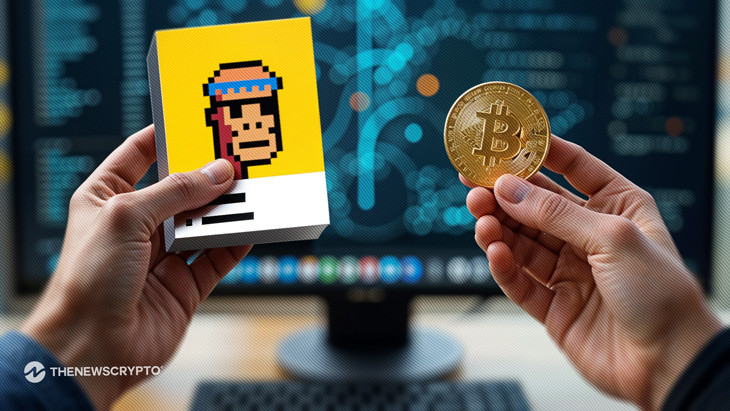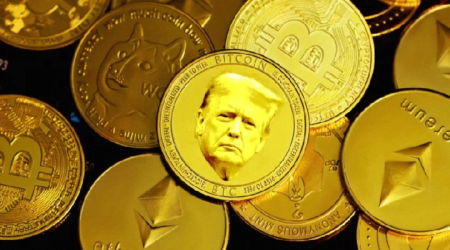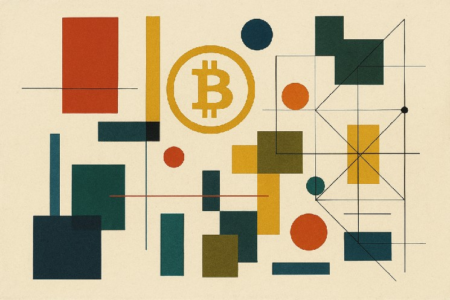Nonfungible tokens (NFTs) have revolutionized the digital asset space, enabling unique representations of art, collectibles, and even real-world assets on blockchain networks. While Ethereum spearheaded the NFT revolution, Bitcoin has recently joined the fray with the introduction of Ordinals. This article explores the evolution, functionality, and distinctions between Bitcoin Ordinals and Ethereum NFTs.
The Genesis of NFTs and Bitcoin Ordinals
The concept of NFTs dates back to 2014 with the creation of “Quantum” on the Namecoin blockchain. Despite this early attempt, it was Ethereum that propelled NFTs into mainstream adoption. Ethereum’s robust smart contract capabilities, coupled with the ERC-721 and ERC-1155 standards, simplified the creation, hosting, and trading of NFTs. This made Ethereum the primary blockchain for digital art, collectibles, and gaming assets.
Bitcoin, on the other hand, was initially designed as a digital payment system and lacked the structural framework to support NFTs. However, this changed in January 2023 with the introduction of Bitcoin Ordinals by Casey Rodarmor. Ordinals leverage Bitcoin’s existing capabilities, utilizing updates like Segregated Witness (SegWit) and Taproot to inscribe data directly onto individual satoshis—the smallest denomination of Bitcoin.
What Are Bitcoin Ordinals?
Bitcoin Ordinals function as native NFTs on the Bitcoin blockchain. They allow for the inscription of data, such as images or text, directly onto individual satoshis. This is achieved without the need for additional layers or smart contracts. The innovations enabling Ordinals include:
- SegWit Update (2017): This update separated transaction and witness data, increasing block capacity and addressing transaction malleability.
- Taproot Update (2021): Taproot enhanced Bitcoin’s security, privacy, and block size, making it possible to inscribe data on-chain more efficiently.
- Ordinal Theory: This framework assigns sequential numbers to satoshis, enabling unique identification and inscription.
Unlike Ethereum NFTs, which often rely on off-chain storage for metadata, Ordinals store all data entirely on-chain. This ensures immutability and aligns with Bitcoin’s core principles of decentralization and security.
Ethereum NFTs: A Smart Contract Revolution
Ethereum NFTs are digital assets governed by smart contracts. These contracts follow specific standards, such as ERC-721 for unique tokens and ERC-1155 for fungible and nonfungible assets. Ethereum’s smart contract capabilities have made it a versatile and innovative platform for NFT creation and trading. Key features of Ethereum NFTs include:
- Smart Contract Automation: Smart contracts automate processes like ownership verification and royalty distribution.
- Off-Chain Storage: Metadata and large files are often stored off-chain using platforms like the InterPlanetary File System (IPFS), with the smart contract referencing these files.
- Marketplace Ecosystem: A robust network of marketplaces, such as OpenSea, Rarible, and Foundation, supports the buying and selling of Ethereum NFTs.
Ethereum’s flexibility and mature ecosystem have fostered widespread adoption, making it the leading blockchain for NFTs.
Key Similarities Between Bitcoin Ordinals and Ethereum NFTs
Despite their differing technical implementations, Bitcoin Ordinals and it share several core similarities:
- Immutability: Both assets are immutable, ensuring their integrity and authenticity.
- Decentralization: Transactions and ownership are verified through decentralized networks, eliminating the need for intermediaries.
- Unique Identifiers: Bitcoin Ordinals assign unique identities through inscriptions on satoshis, while Ethereum NFTs use smart contracts to define uniqueness.
- Digital Collectibles: Both enable the creation and trade of unique digital assets, fostering creativity and innovation in the digital realm.
Differences Between Bitcoin Ordinals and Ethereum NFTs
While Bitcoin Ordinals and Ethereum NFTs share foundational principles, their technical architectures and functionalities differ significantly:
1. Technical Architecture
- Bitcoin Ordinals: Operate directly on the Bitcoin blockchain without additional layers or smart contracts. All data is stored entirely on-chain.
- Ethereum NFTs: Rely on smart contracts and standards like ERC-721. Metadata and large files are often stored off-chain, reducing on-chain congestion.
2. Storage Mechanism
- Bitcoin Ordinals: Store all data on-chain, which increases transaction size and block usage.
- Ethereum NFTs: Use off-chain storage for large files and metadata, ensuring scalability and reducing blockchain bloat.
3. Royalties
- Bitcoin Ordinals: Do not natively support creator royalties.
- Ethereum NFTs: Enable royalty payments through smart contracts, allowing creators to earn from secondary sales.
4. Ecosystem Maturity
- Bitcoin Ordinals: A nascent ecosystem with limited tools and marketplace support.
- Ethereum NFTs: A well-established ecosystem with standardized tools, developer support, and thriving marketplaces.
5. Scalability and Interoperability
- Ethereum NFTs benefit from broader adoption, established standards, and cross-chain bridges that enhance interoperability. Bitcoin Ordinals, in contrast, are still in the early stages of ecosystem development. Emerging standards like BRC-721E aim to bridge the gap between Bitcoin Ordinals and Ethereum NFTs.
The Future of Bitcoin Ordinals and Ethereum NFTs
The integration of emerging technologies, such as artificial intelligence (AI) and cross-chain functionality, promises exciting developments for both ecosystems. Some notable trends include:
1. AI-Generated Content
AI is increasingly being used to create unique digital assets, including music, videos, and artwork. This trend is likely to influence both Bitcoin Ordinals and Ethereum NFTs, expanding the scope of digital collectibles.
2. Cross-Chain Interoperability
Standards like BRC-721E aim to bridge the gap between Bitcoin and Ethereum, enabling seamless asset transfers across networks. This will enhance liquidity and accessibility, fostering collaboration between the two ecosystems.
3. Real-World Asset Tokenization
Both Ordinals and Ethereum NFTs are exploring ways to tokenize real-world assets, such as real estate, art, and financial instruments. This innovation could revolutionize asset management by increasing liquidity and democratizing access.
4. Ecosystem Expansion
As Bitcoin Ordinals gain traction, their ecosystem is expected to grow, with more marketplaces, tools, and applications emerging. Ethereum’s ecosystem, already robust, will likely continue to innovate, introducing new standards and use cases.
Conclusion
Bitcoin Ordinals and Ethereum NFTs represent two distinct approaches to digital collectibles. Ethereum’s mature ecosystem, with its smart contract capabilities and developer support, has established it as the go-to platform for NFTs. In contrast, Bitcoin Ordinals offer a novel, fully on-chain alternative that leverages Bitcoin’s security and decentralization.
As both ecosystems evolve, they are likely to coexist, each catering to unique use cases and audiences. With advancements in technology, cross-chain interoperability, and AI integration, the future of digital art and collectibles promises to be more inclusive and dynamic than ever.
Read the full article here








